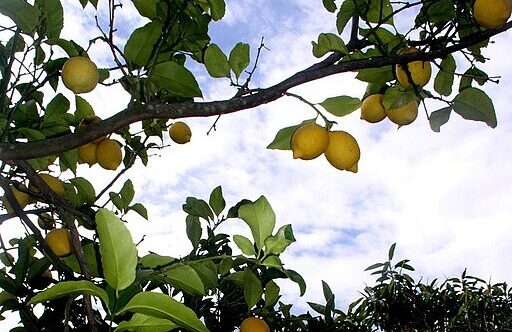If you’re a recent convert to smallholding life here are some things to do as a matter of priority.
Some are obvious. Firstly, ensure that your perimeter fencing is secure enough to keep your animals in, and your neighbours’ out. Take care of your security, in the home, stables and sheds. Ensure adequate and reliable water, and some sort of storage, either for your borehole supply or from your municipality.
Given our current Eskom woes, take care of your electrical supply, and whatever back-up system you decide on or can afford.
Introduce yourself to your neighbours, and swop contact details for use in emergencies.
Hopefully your move to a plot would have been preceded by some sort of decision as to why. Were you wanting a rural lifestyle for your family? Or do you wish to do something which requires more space than a suburban property would allow? Or do you wish to run a business of some sort on your plot?
This sort of wish will dictate what your needs and priorities will be as you adapt the plot to suit.
But with those basics done you can look at your vegetation.
Lemon tree
If your property doesn’t already have one, plant a lemon tree. Or two. After the first few years when they will need some protection from frost in winter, they are hardy and easy to maintain. Nothing more than a bit of nutrition, and some water in the dry spells. For that they will give you an almost year-round supply of fruit.
Lemons are, of course, useful not only in the kitchen, but also constitute an important ingredient in many home-made cleaning compounds.
Walnut trees
If you are young(ish) and intend to stay put for more than a few years. Plant a few walnut trees. Contrary to popular belief they can be grown just about anywhere in South Africa.
And they are ideal for a smallholding or rural property. They will eventually become large trees with big overhanging branches, so they should be planted with plenty of spacing between them. A good choice will be to plant an avenue of them down your driveway.
Walnut trees grow slowly, and after about seven years start to yield an annual crop of nuts. These can be sold raw, or used in various recipes. Or, they can be pickled, to form a delicious alternative condiment for red meat.
But it’s in timber of a walnut tree that the real money is to be made. For after about 30 years the trees will be big enough to fell, with the trunks and main branches being a sought-after wood for cabinet makers, luxury car makers and others seeking a beautiful hardwood.
There will never be a glut of good hardwood, so you are almost guaranteed a return on your investment. In fact, you could consider it your pension!
Orchard
Every plot needs a small orchard, and your choice of fruit trees and varieties will depend on your tastes. But when planting, consider both the spacing of the trees, and what to put where. And here’s a tip: Put the early-ripening varieties at the back of the orchard, where they are more difficult to reach (even if only because to pick the fruit you need to walk through the orchard)
That’s to prevent your crop being decimated early in the season by passers-by.
Beehives
If you and your family are not allergic to bee venom, seek out a secluded spot in which to install a beehive or two. If you have no interest yourself in the art and science of keeping these fascinating and industrious insects, contact your local beekeepers’ association to offer their members a secure location for a hive or two. “Rental” can be negotiated with the keeper in the form of honey or beeswax.
Featured image: Lemons, courtesy of Richard Parker, Wikimedia


Good day
Where can one find a nursery that specialises in walnut trees?
Regards
Phone Butch Davies in Vereeniging. He’s a walnut specialist and has saplings for sale. 082 339 6671